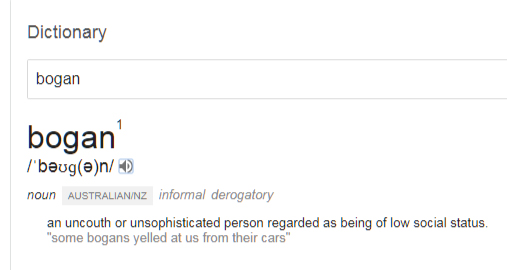Search This Blog
"Truth comes only to conquer those who have lost the art of receiving it as a friend." ~ Ravi Thakur
Featured
- Get link
- X
- Other Apps
The Fall and Fall of DStv: Will It Navigate The Changing Landscape of African Television?
For decades now, MultiChoice's DStv has been synonymous with premium television entertainment across Africa, boasting an extensive array of channels and content offerings. However, in recent years, the once-dominant satellite TV provider has been grappling with a decline in subscribers and mounting challenges, signalling a shift in the continent's television landscape. What is contributing to the fall of DStv? And can it survive the evolving dynamics shaping the future of television in Africa?
One of the primary reasons for DStv's decline is the emergence of alternative entertainment platforms, particularly streaming services. With the rise of internet penetration and the proliferation of affordable smartphones, African consumers are increasingly turning to streaming platforms like Netflix, Amazon Prime Video, and Disney+ for their entertainment needs. These platforms offer a vast selection of on-demand content, including original series, movies, and documentaries, at competitive prices, posing a formidable challenge to traditional pay-TV providers like DStv.
Moreover, the shift in consumer preferences towards on-demand and personalised viewing experiences has further eroded DStv's market share. Unlike traditional linear television, which relies on scheduled programming, streaming services allow viewers to watch what they want, when they want, on multiple devices. This flexibility and convenience have resonated with a growing number of African consumers, particularly younger audiences who are more tech-savvy and accustomed to digital entertainment platforms.
Another factor contributing to DStv's decline is the increasing availability of free-to-air digital terrestrial television (DTT) channels. As African countries continue to transition from analogue to digital broadcasting, DTT platforms offer viewers access to a wide range of channels without the need for a satellite dish or subscription fee. This has democratised access to television content, empowering millions of households across the continent to enjoy high-quality programming without the financial burden of pay-TV subscriptions.
Furthermore, DStv has faced criticism for its high subscription fees and perceived lack of value for money, particularly in comparison to the diverse content offerings available on streaming platforms. As the cost of living continues to rise in many African countries, consumers are becoming increasingly price-sensitive and are seeking more affordable entertainment options. In this regard, DStv's premium pricing model has become a barrier to entry for many potential subscribers, leading to churn and a decline in revenue for the company.
Additionally, DStv's business model has been challenged by regulatory changes and competition from local broadcasters and content producers. In recent years, several African governments have introduced regulations aimed at promoting local content and protecting the interests of domestic broadcasters. This has led to increased competition for exclusive content rights and advertising revenue, further squeezing DStv's margins and limiting its ability to differentiate itself in the market.

Despite these challenges, DStv has opportunities to adapt and thrive in the evolving television landscape of Africa. One potential strategy is to embrace digital transformation and invest in innovative technologies that enhance the viewer experience. By leveraging data analytics, AI, and machine learning, DStv can personalise content recommendations, improve content discovery, and optimise advertising targeting, thereby increasing viewer engagement and loyalty.
DStv can also explore partnerships and collaborations with streaming platforms, content producers, and telecommunications companies to diversify its offerings and reach new audiences. By bundling DStv subscriptions with broadband internet or mobile data plans, the company can enhance its value proposition and attract subscribers who are seeking bundled entertainment and connectivity services. Additionally, forging alliances with local content producers and distributors can help DStv secure exclusive rights to premium African content and differentiate itself from competitors.

While DStv may be facing significant challenges, the company has the potential to reinvent itself and remain a relevant player in the African television market. By adapting to changing consumer preferences, embracing digital innovation, and forging strategic partnerships, DStv can navigate the turbulent waters of the television industry and emerge stronger than ever. As the landscape continues to evolve, DStv must seize the opportunities presented by technological advancements and shifting consumer behaviour to secure its position as a leading premium entertainment provider in Africa.
But will they?
- Get link
- X
- Other Apps
Popular Posts

The One On Why Uganda Produces Shitty Ads
- Get link
- X
- Other Apps

Of Australian Bogans Masquerading As Creatives In Nairobi Agencies
- Get link
- X
- Other Apps


Comments
Post a Comment